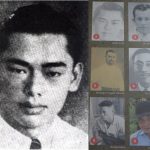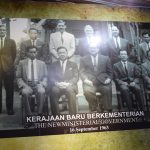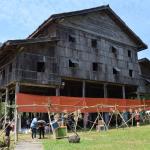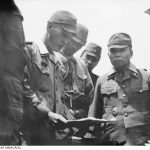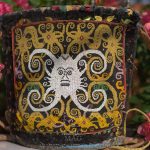After the ninth episode of South Korean hit drama ‘Start-up’ aired last November, Kota Kinabalu went trending online.
While bragging about the view of the sunset from his family’s holiday homes, the character Cheol-san mentions the sunsets at Santorini and Kota Kinabalu.
The capital state of Sabah is not that foreign to South Koreans. During the pre-Covid days, Koreans made up the second largest international arrivals in Sabah, second to China, with almost 30,000 South Koreans recorded in 2019 according to Sabah Tourism Board.
However, do you know that K-pop boy band BTS was one of the many South Koreans who had arrived in Sabah?
Apart from Jay Park and Hyuna who had performed here before and IN2IT’s Isaac Voo who is a Sabahan, here are some K-pop artists who have already set foot in Kota Kinabalu:
1.BTS
Today, even non K-pop fans recognise the name ‘BTS’.
When the seven-member K-pop idol visited Kota Kinabalu back some time in May 2015, it was just about two years after they debuted.
If they were to arrive in Kota Kinabalu today, Sabahans (and most likely the rest of Malaysia) would definitely go crazy.
During their visit, the members stayed at Pacific Sutera Hotel and visited Lok Kawi Wildlife Park.
It wasn’t just fun and fames for BTS when they were in Kota Kinabalu as they came to shoot the BTS Summer Package 2015 (a photobook and vlog released in conjunction of their debut anniversary).
2.Hyeri from Girls’ Day
Remember in 2017 when George R.R. Martin tweeted a picture of himself and Quentin Tarantino enjoying a cruise down the Kuching Waterfront? By the time he posted the photo, they both had long left the city.
The same thing goes for Hyeri from K-pop girl group Girl’s Day in 2019. When she posted a photo of herself in a dark dress with palm trees in the background, Malaysian fans quickly recognised that it was taken somewhere near Kota Kinabalu City Mosque.
The mosque is partially surrounded by a human-made lagoon, giving it the nickname “The Floating Mosque”.
While Hyeri never confirmed if she was really in the city, she was most probably back in South Korea when she posted the photo.

3.Ailee
On Apr 6, 2015, K-pop solo artist Ailee posted a photo of herself with a group of friends having a good time by a poolside on Instagram.
A photo of a celebrity having fun by the pool, no big deal right?
The photo, nonetheless, drew attention from her Malaysian fans thanks to her caption, “#kotakinabalu, #poolside and #welovesun”
In another photo of herself in a black bikini, she used the hashtags #goodbye, #timetowork and #backinseoul.
Obviously, she stayed under the radar as she flew in and out of the city.
Have you ever spotted any K-pop artists in Kota Kinabalu before? Let us know in the comment box.



